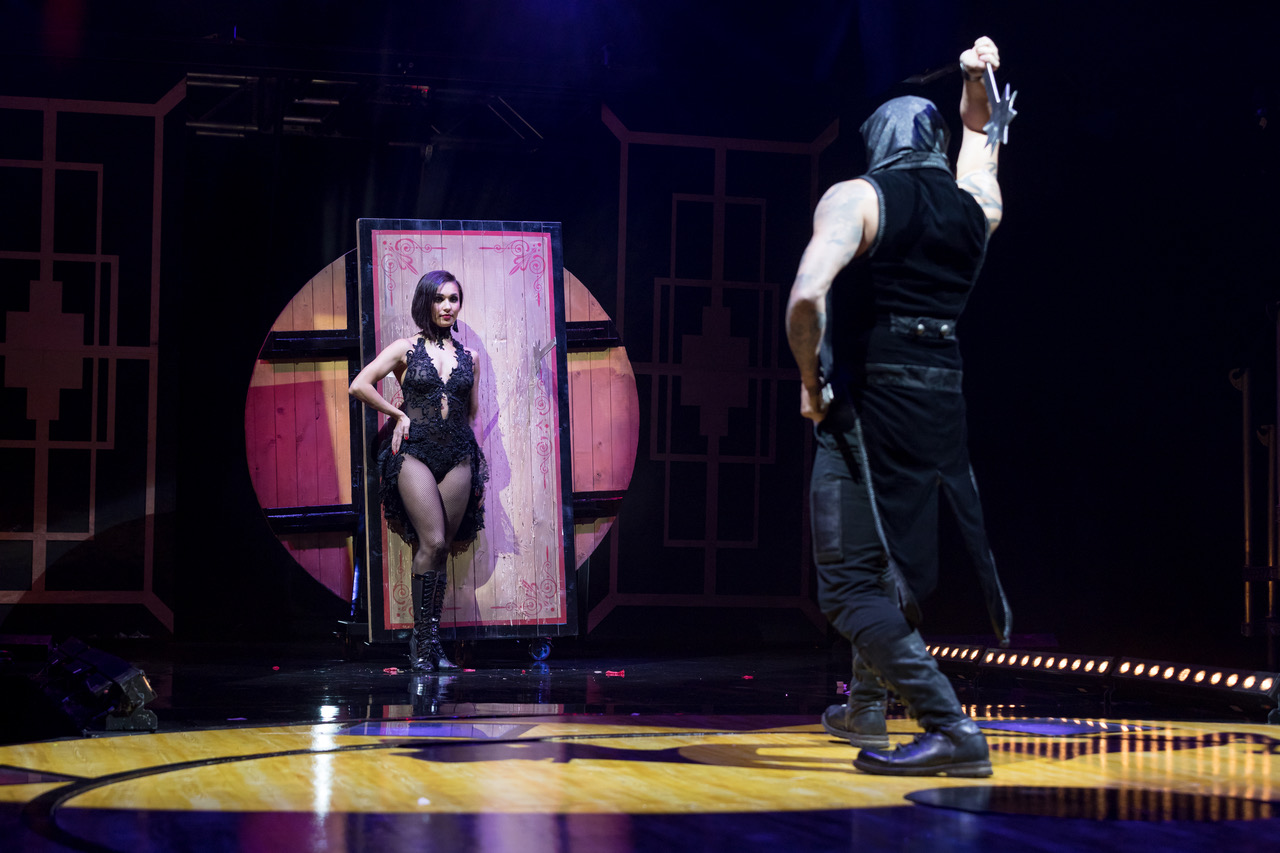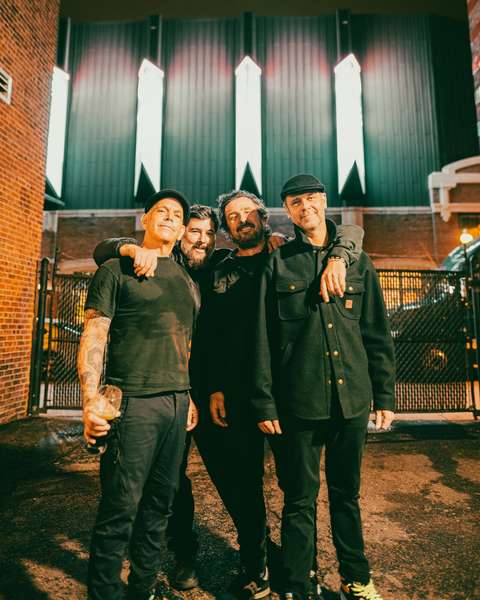Parkway Drive
Metro Theatre
Sydney, Australia
January 18, 2018
_2.jpg)
Let’s delve into physics and its underpinning laws, shall we?
In a nutshell, the law of Boyle-Mariotte captures the concept of gas pressure tending to increase proportionally as the container volume decreases in size.
Aight. Still with me?
A Frenchman going by the flamboyant name Joseph Louis Gay-Lussac formulated a law describing how gas pressure and fixed volume rises in direct proportion to the absolute temperature of the gas.
In layman’s terms: Shit becomes explosive.
Where am I going with this you ask?
Well, both laws applied in a metaphorical manner to Parkway Drive holding court at Sydney’s Metro Theatre.
If you are situated in the old world and remotely into the post 2k renaissance of metal core, chances are that you will probably be familiar with Parkway Drive’s live abilities, which resulted in them becoming a global player, consequently gained them major slots on main stages of stadium sized festivals and continues to excite the masses.
Now imagine packing that seasoned big time band into a medium sized sold out club.
What you get is an explosive display of polished musicianship, a nearly perfectly calibrated delivery and a show a tightly run show without lacking spontaneity. The fact that the band has a naturally good rapport with the audience fuels the relentless crowd participation.
Celebrating the ten year anniversary of their second album Horizons, the show was infused with a focus on Parkway Drive’s DNA of their earlier incarnations, i.e. in-your-face breakdown glam - an endless array of heavy parts that trickled down on the more than willing audience not unlike the condensation water from the ceiling.
What makes the Parkway Drive live experience special is that despite all the heaviness and what comes with shows of the genre, it is in essence a whole lot of fun and it is not rocket science to realize that this outcome is due to the band’s work and approach, e.g. briefing bouncers to deal with the anticipated avalanche of stagedivers and other shenanigans the Parkway Drive elicits from their audience.
There is little doubt that Parkway Drive is well on its way to become a legacy band and seeing them mix it up by still playing smaller venues on their home turf seems to indicate that they have not lost touch with their roots and is always a welcome treat.
Unfortunately I missed the opener Polaris, a band whose live reputation precedes it and whose debut album was recently released by Sydney’s Resist Records. I will make sure to catch them on their upcoming headliner tour in April.
_2.jpg)
---
Photos by KAVV

.jpeg)
.jpeg)
.jpeg)

.jpeg)
.jpeg)























